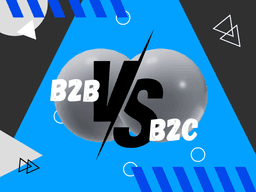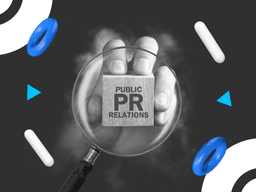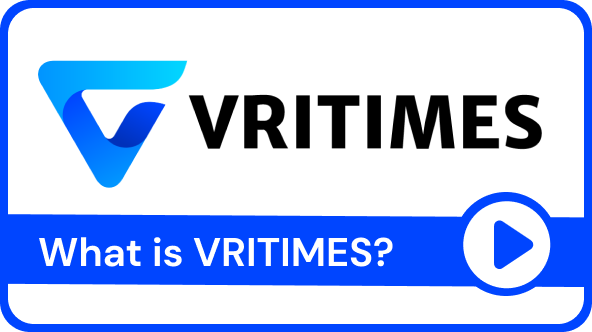/ How to Determine a Marketing Target?
How to Determine a Marketing Target?

Targets are an important element in any field, including marketing. Without a marketing target, it is impossible to track and measure the effectiveness of marketing efforts.
In addition, a clear marketing objective will make it easier for your team to create and execute a proper strategy.
How to Determine a Marketing Target?
Before setting a marketing target, you need to understand your company's core business and what kind of image you want to build for your company. When defining a marketing objective, remember to use the SMART formula:
1. Specific
Set a specific target to keep your team focused on the important things. Some people think that there are many things to do, but they do not have enough time. Yes, we cannot get more time, but we can specify the target to be achieved with the time we have.
For example, the target of getting bigger lacks specificity. So, define what getting bigger means to you, for example: to have 100 branches in your city.
2. Measurable
Next, the target must be objectively measurable. Therefore, the target should be expressed in percentage terms. For example: increase monthly mobile application users by 2,000 by creating targeted social media campaigns on four social media platforms: Instagram, Twitter, LinkedIn, and Facebook.
3. Achievable
Yes, the target should be challenging, but it should also be realistic. Instead of setting an impossible target, set one that your team can achieve.
To do this, you need to analyze your team's capabilities. Take the time to review all their past performances to know their capacity and limitations. Set the target within that, but a little more than their performance so far.
This way you can not only set an achievable target, but also assign the right task to the right person.
For example, if you have a small team of 3 people, creating ad campaigns for 5 social platforms will surely be deadly for them. You should scale back to the 2 social platforms where you are most likely to find new customers.
4. Be Relevant
It is great to become a creative person, but remember to stay relevant and within the core business of your company. Staying relevant also means becoming the solution to your client's or customer's pain point.
5. Time-Based
Timing is the most important part of any target. It is not only about the deadline, but also about the timeline.
First, let's talk about the deadline (mentioning the specific date and time). By setting a specific deadline, you can plan what you need to do to achieve the target. If the target seems overwhelming, break it down into smaller targets and set deadlines for each one.
Then let us talk about the schedule. Timelines can be created after the deadline is set. Create the timeline based on the deadline, skill, holiday, national event, and international event. If possible, set the target based on the event.
For example, suppose you have a lighting company. You can set a target of 500 sales of Christmas lights to be achieved by December 15.
How to Measure Marketing Target?
Before measuring marketing objectives, set the KPIs to simplify the measurement using some metrics, such as
1. Marketing Qualified Leads
Leads are people from organisations who have the potential to become your customers as they have shown some indicator, such as filling out the contact form.
2. Conversion Rate
This rate shows the percentage of users who have taken a desired action after interacting with your online marketing campaigns. Examples of desired actions: signing up for a newsletter or making a purchase.
Counting this rate tells you which CTAs and page designs are effective so you can optimise them in the future. It also tells you how much of your traffic is converting to leads and how many of your leads are converting to customers.
3. Customer Lifetime Value
Customer lifetime value (CLV) refers to the total revenue you can expect to earn from a customer. To be profitable, the result must be greater than the sales and marketing spend to acquire a single customer.
4. Return on Investment
Return on investment (ROI) refers to marketing revenue compared to marketing costs. A positive ROI indicates that your marketing team has spent the budget effectively.
To measure these metrics, you can use some marketing campaign measurement tools, such as:
1. SEMrush
SEMrush can be used to track all of the above metrics as well as SEO metrics such as: backlinks and keyword rankings. This tool also provides measurement of paid channel, email marketing and social media marketing metrics.
2. Google Analytics
Google Analytics is a completely free analytics tool that provides insights into your website traffic. You can measure ROI, track your targets, and understand your customers' behaviour.
It also lets you know how people are finding you through different channels. So you can create a new marketing tactic to get more traffic from those channels.
3. Cyfe
With Cyfe you can act as a project manager by tracking traffic, sales, trends and more. You can monitor all of your site's data and measure marketing performance for free. A premium version is also available for $19 per month.
This is how you set and measure your marketing target. The process of determining it from the beginning must be precise so that you don't get confused when executing and measuring it.























































